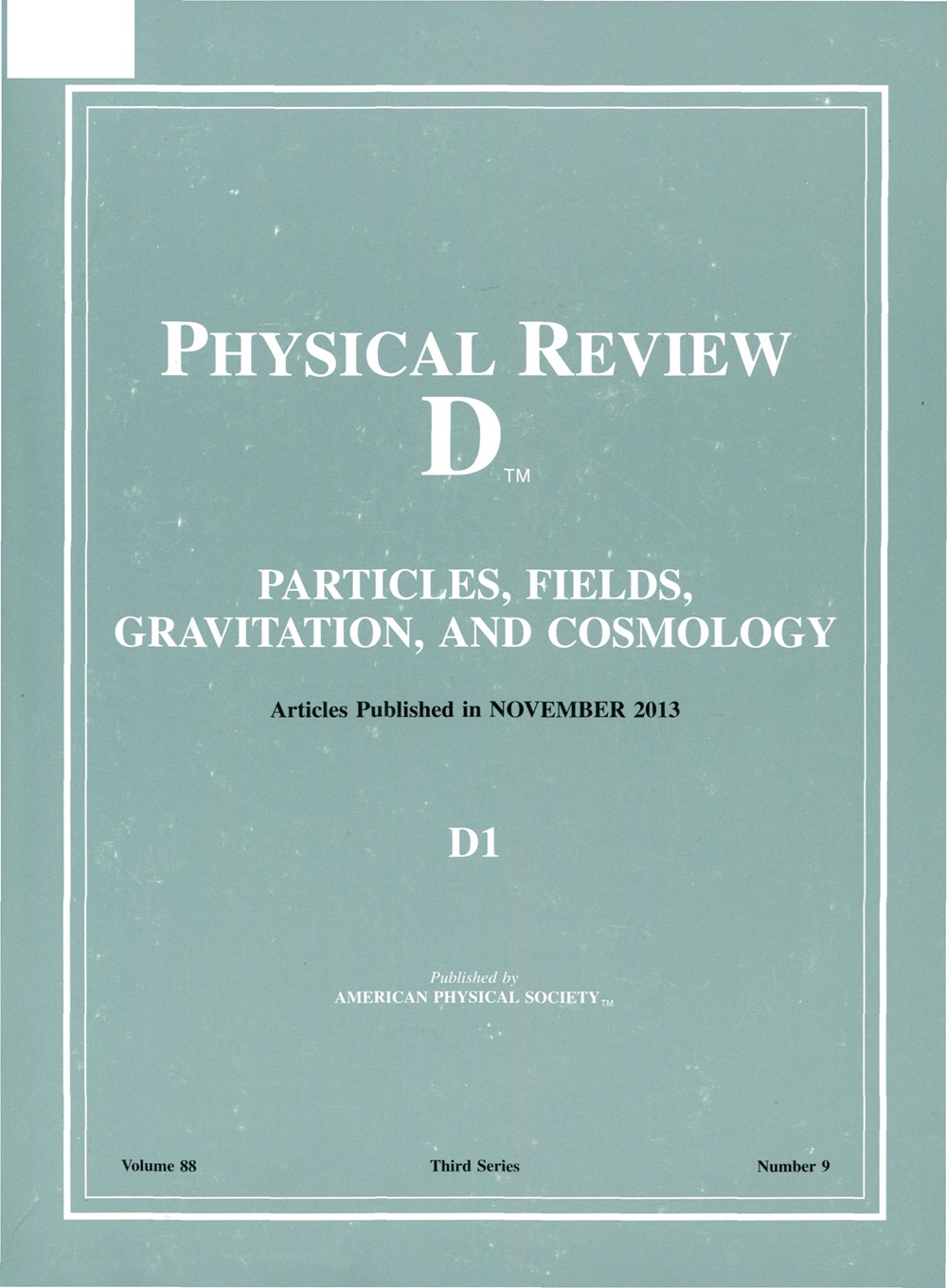运动功率修正深度虚拟康普顿散射到扭转六精度
IF 5.3
2区 物理与天体物理
Q1 Physics and Astronomy
引用次数: 0
摘要
我们计算了深度虚康普顿散射(DVCS)中几个关键观测值在k≤4时的(- t/Q)k和(m/Q)k功率修正,其中m为目标质量,t为动量传递。我们发现,对于大多数可观测值,幂展开式可以很好地收敛到|/Q2 > 1/4,但自然地以1/(Q2+t)而不是名义上的硬尺度1/Q2组织。我们还认为目标质量修正仍然在控制之下,并且不会危及核上相干DVCS的量子色动力学(QCD)分解。这些结果消除了一个重要的不确定性来源,这是由于前导扭转近似中对DVCS振幅的QCD预测中的坐标系依赖和电磁沃德恒等的违反。2025年由美国物理学会出版本文章由计算机程序翻译,如有差异,请以英文原文为准。
Kinematic power corrections to deeply virtual Compton scattering to twist-six accuracy
We calculate (−t/Q)k and ( m / Q ) k k ≤ 4 m t | t | / Q 2 ≲ 1 / 4 1 / ( Q 2 + t ) 1 / Q 2 Published by the American Physical Society 2025
求助全文
通过发布文献求助,成功后即可免费获取论文全文。
去求助
来源期刊

Physical Review D
物理-天文与天体物理
CiteScore
9.20
自引率
36.00%
发文量
0
审稿时长
2 months
期刊介绍:
Physical Review D (PRD) is a leading journal in elementary particle physics, field theory, gravitation, and cosmology and is one of the top-cited journals in high-energy physics.
PRD covers experimental and theoretical results in all aspects of particle physics, field theory, gravitation and cosmology, including:
Particle physics experiments,
Electroweak interactions,
Strong interactions,
Lattice field theories, lattice QCD,
Beyond the standard model physics,
Phenomenological aspects of field theory, general methods,
Gravity, cosmology, cosmic rays,
Astrophysics and astroparticle physics,
General relativity,
Formal aspects of field theory, field theory in curved space,
String theory, quantum gravity, gauge/gravity duality.
 求助内容:
求助内容: 应助结果提醒方式:
应助结果提醒方式:


